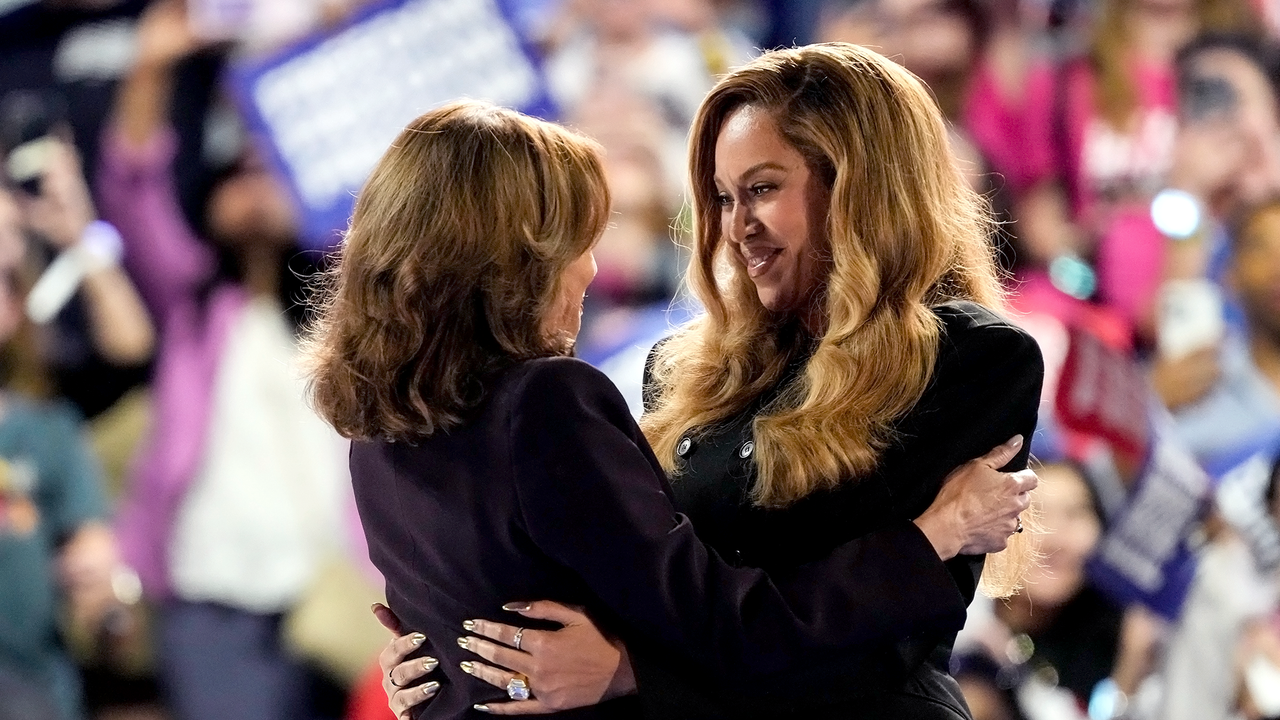
Oswalt says that of course he’s flattered when people recognized him during his canvassing expeditions, but the conversations with strangers weren’t about him. “I was meeting them on their turf, hearing about their lives and the stuff that’s important to them day-to-day. I want to see my kids happy, I want to hang out with my friends—how do you show them that everybody wants that? I think it’s our job to keep reminding people.” He says the experience filled him with hope. “After November 5, there’s no final scene and then we roll credits. We have to all live on this planet, so, okay, let’s move forward knowing we have to live together.”
A recent study from Harvard University’s Ash Center for Democratic Governance and Innovation found that “celebrity engagement is good for democracy,” and that stars are effectively using their fame to encourage voter turnout and civic participation. It also digs into the power of social media to get political messages across—not just for traditional celebs but for online content creators as well. That’s why creators are also being tasked with making videos that speak to a digital generation about the issues that interest them.
“Instead of saying, ‘I’m here to tell you who to vote for,’ it’s more saying something specific like: ‘I’m gonna vote because I really care about women’s rights,’” according to Brown, who says that the DNC convention in August was an eye-opener. “The stars of the show were digital creators. They had the best seats, they were treated like VIPs, and the traditional Hollywood people were like, ‘Do you mind if I sit here?’ I think it wasn’t a bad decision. The creators are reaching people in a different way.”
So are some of the brightest stars behind the scenes on many shows. Earlier this year, a group called Won’t PAC Down quietly assembled some of the best millennial and Gen Z television writers, directors, producers, and editors—hailing from series like Saturday Night Live, The Good Place, Late Night With Seth Meyers, Hacks, and Mixed-Ish—to reach young voters. Under the creative guidance of Adam Ruins Everything writer Travis Helwig, writers pitched and created political ads, informed by polling and focus group data. You may have seen ads like this one, which Won’t PAC Down says has racked up more than 20 million views across all platforms.
By the last week of the campaign, many voters (especially those in swing states) are exhausted by the bombardment of political messaging. Yet it’s at this moment that the Democrats are unleashing a final flurry of celebrity surrogates and performances—Beyoncé, Bruce Springsteen, Willie Nelson—to remind people to get to the polls. “I do think that celebrities still have influence,” says Todd Hawkins of Hawkins Mikita, who helps guide Hollywood creatives’ political approaches. “We’re helping our clients figure out how to put in their own voice and their own rhythm to really make an impact, but also connect with their base instead of trying to reach out to the folks that are not ever going to be their fans or be their followers.”
Patton Oswalt takes a deep breath as he tries to explain why he’s planning to keep phone-banking up to the last second: “Not to get too grandiose, but this is a hinge point in history, and I’d like to swing the door the correct way.” Besides, he says, “We are entertainers, and we want the country itself to be healthy and happy. We can’t ply our craft in a country that’s on fire.”




